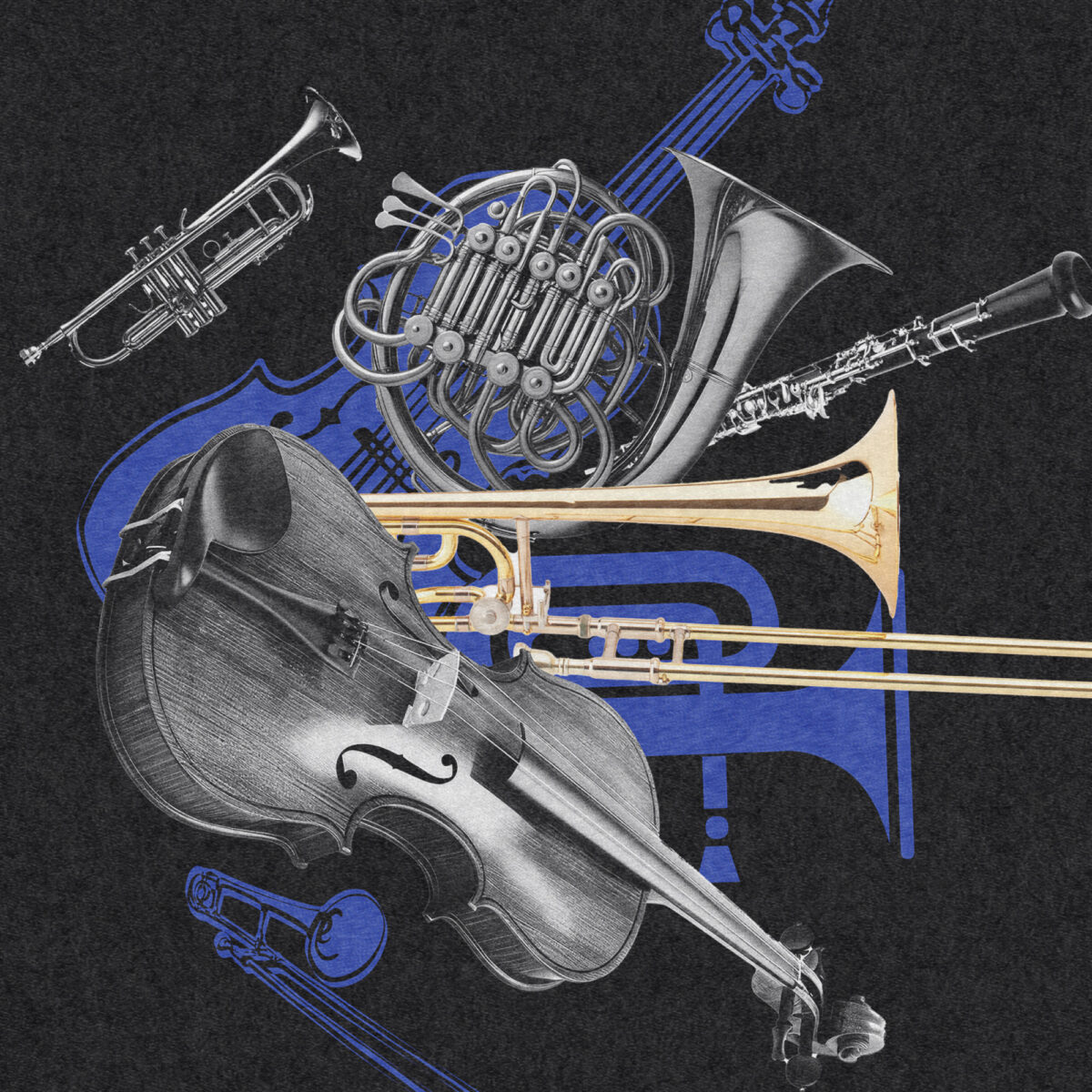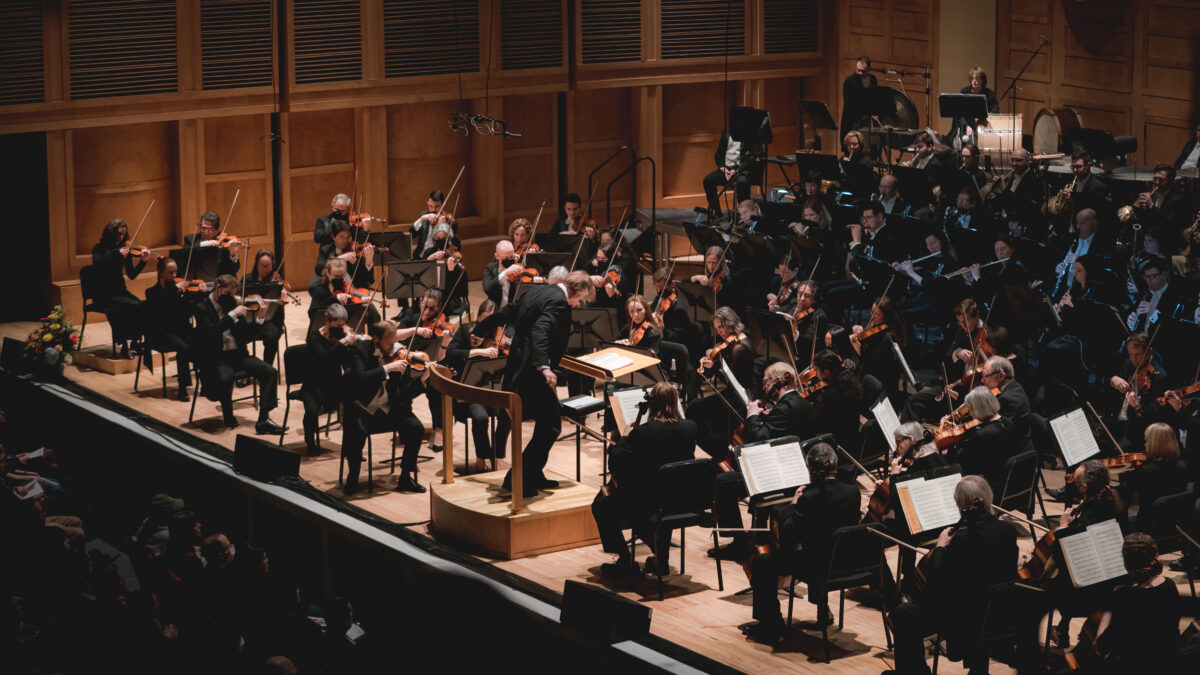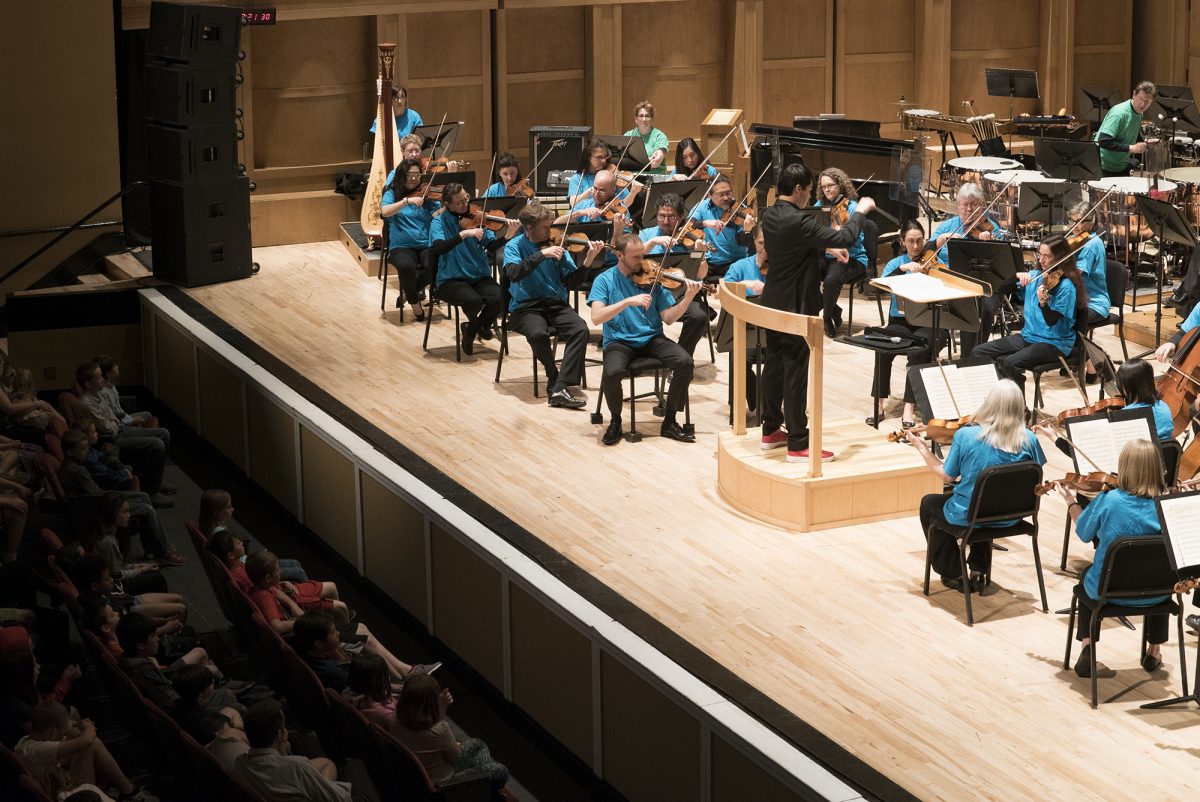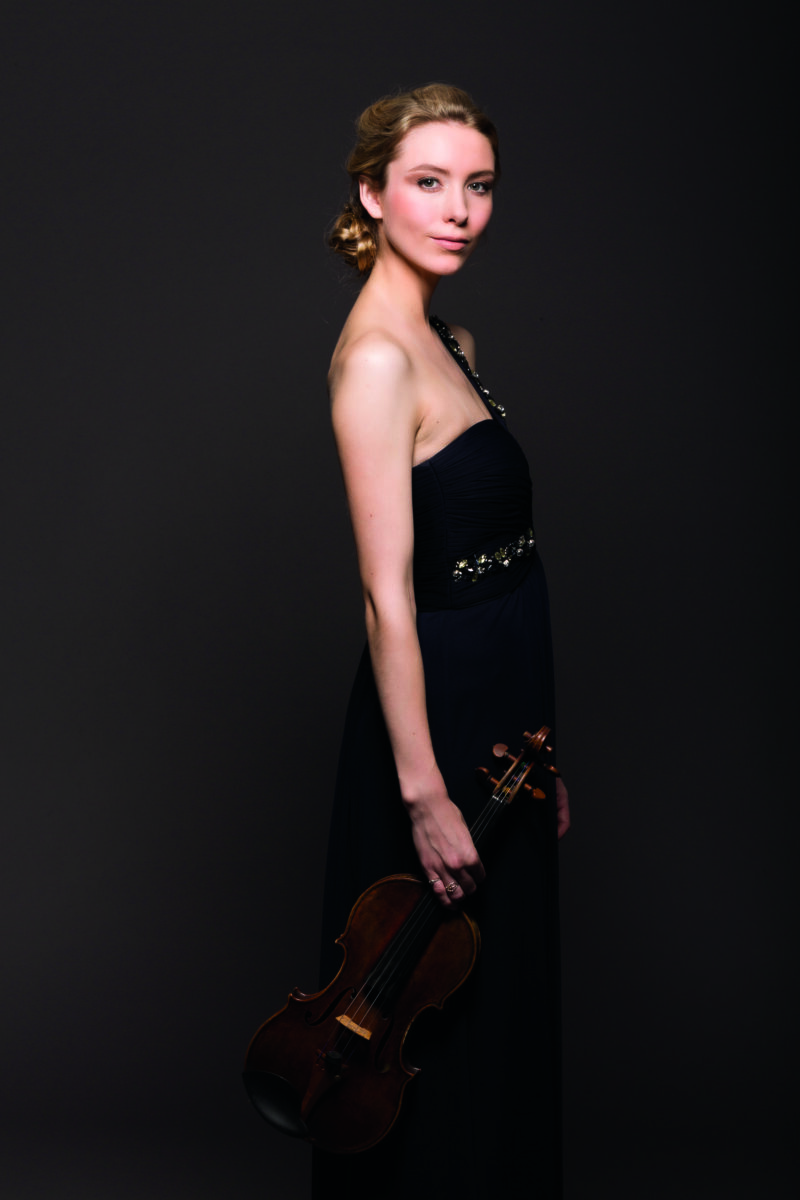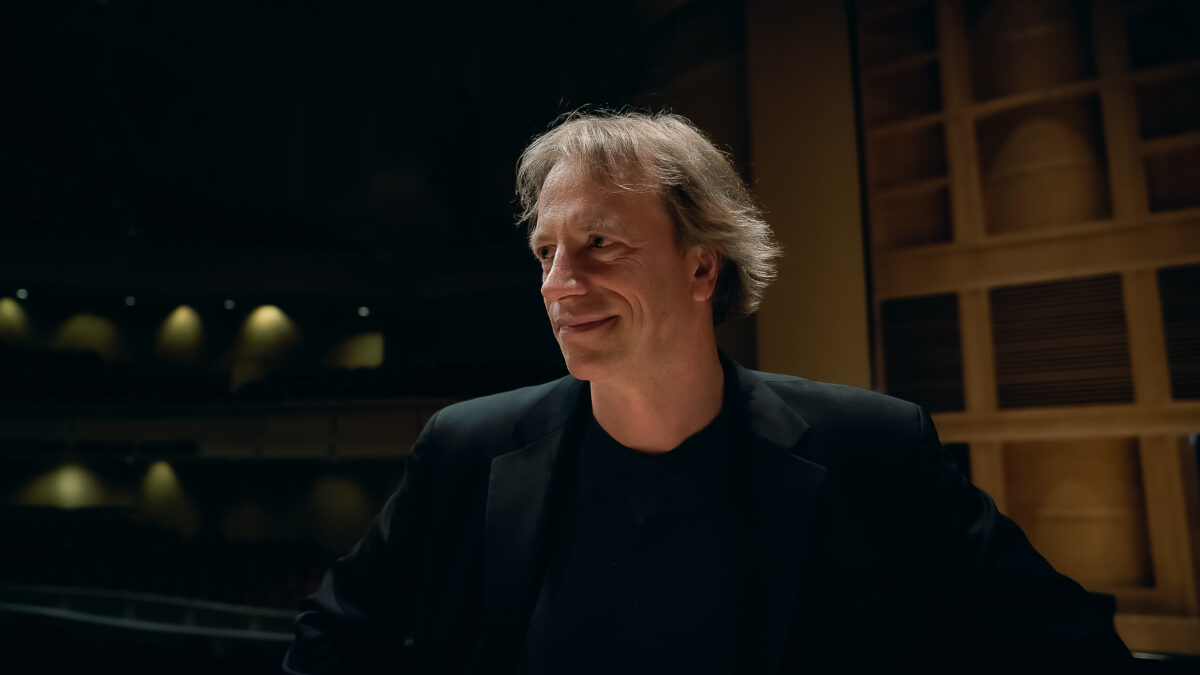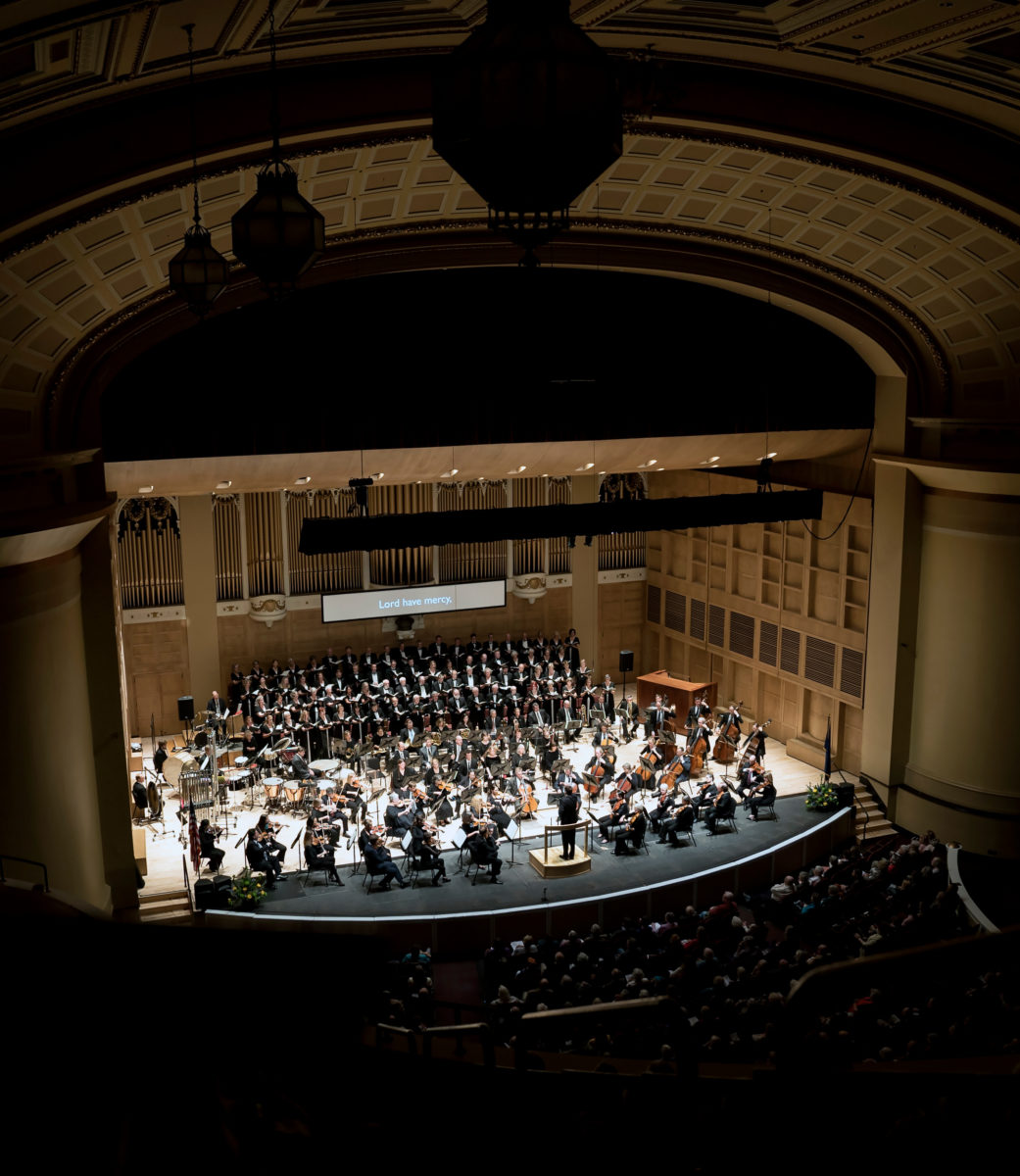Pepe Romero & Mahler Program Notes
Joaquín Rodrigo
Concierto de Aranjuez for Guitar and Orchestra
Joaquín Rodrigo was born in Sagunto in Valencia, Spain in 1901 and died in Madrid in 1999. He composed this work in 1939 and it was first performed the following year in Barcelona by Regino Sainz de la Maza, guitar, with the Orquesta Filarmónica de Barcelona under the direction of César Mendoza Lassalle. The score calls for solo guitar, 2 flutes, piccolo, 2 oboes, English horn, 2 clarinets, 2 bassoons, 2 horns, 2 trumpets, and strings.
Joaquín Rodrigo is often called the last of the great Spanish romantic composers. Nevertheless, his music often casts a fond eye back to the Spanish art music that reached its pinnacle in the Renaissance and Baroque. Where more recent Spanish music had carried a heavy Italian influence, Rodrigo seemed eager to acknowledge the gifts of Spain’s more distant past.
The Palacio Real de Aranjuez in Spain is a summer palace built by King Phillip II in the 16th century and later rebuilt by King Ferdinand VI in the 18th century. Rodrigo was inspired to compose his Concierto de Aranjuez in part by the estate’s beautiful gardens, but also to allow himself to re-imagine the great Spanish music the royal court enjoyed there. The work was one of the first virtuoso guitar concertos of the modern era; it was an instant hit and immediately entered the repertoire to stay.
The first movement begins intimately, with guitar alone, strumming out a theme that alternates 2-beat and 3-beat bars—something that manages to sound both off-kilter and suave at the same time. As the movement advances, it consistently trades pyrotechnics for subtlety, with enormously satisfying effect. The Adagio evokes the saeta, a song associated with the annual religious procession through Seville, with the English horn giving its impression of the women singing from their balconies. The last movement Allegro gentile is, as its title suggests, a gentle yet sprightly dance featuring the most virtuosic passages for the guitar. Throughout, Rodrigo provides a delightful glimpse of the past as seen by a 20th century composer who both cherishes and honors it.
-MarK Rohr
********
GUSTAV MAHLER
Symphony No. 5
Gustav Mahler was born in Kalischt, Bohemia, in 1860 and died in Vienna in 1911. He composed this symphony in 1901-02 and led the first performance with the Gürzenich Orchestra of Cologne in 1904. Mahler revised the orchestration of the work after nearly every performance he conducted; the last revision came in 1909. The score calls for 4 flutes, 2 piccolos, 3 oboes, English horn, 3 clarinets, bass clarinet, 3 bassoons, contrabassoon, 6 horns, 4 trumpets, 3 trombones, tuba, timpani, percussion, harp, and strings.
“Heavens, what is the public to make of this chaos in which new worlds are forever being engendered, only to crumble into ruin the next moment? What are they to say to this primeval music, this foaming, roaring, raging sea of sound, to these dancing stars, to these breathtaking, iridescent, flashing breakers?”
Well might Mahler ask. With his Fifth Symphony Mahler wiped the slate clean and began anew. Out were the Wunderhorn texts, the singers to sing them, and his fascination with innocence. It was a return to instrumental music, a more coherent formal design, and a leaner, cleaner orchestral sound. His new style featured a dramatic increase in counterpoint—he had just acquired the complete Bach edition and was inspired by its contents—and Mahler’s counterpoint was devilishly hard to pull off. (While walking at a fair with his dear friend, conductor Bruno Walter, he pointed out the cacophony of noises: military bands, hurdy-gurdys, singing, carnival barkers, shooting galleries. “Do you hear that?” he asked. “That’s polyphony!”) He saw his job as combining the uncombinable, and the orchestral texture had to be utterly clear. It caused him no end of trouble. Mahler conducted the work many times, and revised the score after nearly every performance. Ultimately he wrote: “I have finished the Fifth. I was forced to re-orchestrate it completely. I do not understand how I could have composed so much like a beginner. Clearly, the routines I had established with the first four symphonies were inadequate for this one—as though a wholly new style demanded a new technique.”
Mahler divides his symphony into three parts. Part I consists of the first two movements, Part II is the central Scherzo, and Part III the Adagietto and Rondo-Finale. The musical momentum seems to flow towards the Scherzo—which Mahler composed first—and then away from it.
The ominous trumpet call that opens the symphony is one of the most memorable moments in Western music, every bit as distinctive as the opening of Beethoven’s Fifth. The funeral march that follows is a relentless tragedy, harrowing and inconsolable. The faster middle section is even more anguished. The trumpet call returns from time to time until the end, where it fades away as the movement disintegrates.
The second movement is the ferocious musical and emotional reaction to the first: it shares themes with the first movement and feels much like the sonata to which the funeral march was the slow introduction. Somehow, out of all this fury comes a glorious D-major brass chorale, a glimmer of hope amid the crushing despair. It cannot triumph—at least not yet—and it slips away like an apparition.
Part II is the symphony’s Scherzo, and it brings us into another world entirely. It has a sweet and bucolic character suggestive of Mahler’s beloved ländler. “There is nothing romantic or mystical about it,” he said, “It is simply the expression of incredible energy. It is the human being in the full light of day in the prime of his life.” Where the first part had been a march of death, the Scherzo is a dance of life.
The Adagietto that begins Part III has been misinterpreted as being mournful, even funereal music—you often hear it at memorial services. Actually, Mahler wrote it as a love letter to his wife-to-be Alma Schindler. He sent the score to her without so much as a note, and she, a composer herself, grasped its meaning immediately.
The Rondo-Finale is the longest movement of continuous good cheer Mahler had ever written. The second movement’s brass chorale reappears, now fully accepted and expanded as the destination of the entire symphony. From there Mahler gets out right smartly, without the endless leave-taking of some of his other symphonies.
Mahler’s music could express the depths of despair and the exhilaration of joy—often simultaneously. But there doesn’t seem to be a direct connection between the two in the Fifth Symphony. Despair exists; joy exists. The one is not the goal of the other. By the time Mahler wrote his Fifth he had had it with programs—the more he tried to explain his music, the more people misunderstood it. He never divulged a program for his Fifth Symphony. It may well have been impossible. As Bruno Walter said, “It is music—passionate, wild, pathetic, buoyant, solemn, tender, full of all the sentiments of which the human heart is capable—but still ‘only’ music, and no metaphysical questioning, not even from very far off, interferes with its purely musical course.”
– Mark Rohr






